Butterfly Japanese Maple
$59.50 Original price was: $59.50.$41.65Current price is: $41.65.
- Free Shipping over $25
- Fast & reliable delivery options
- Enjoy top quality items for less
- Multiple safe payment methods

Japanese Maples never cease to amaze us with their variety and range of forms, but the Butterfly Japanese Maple is something of a rarity, as there are very few varieties that have variegated leaves, as this one does. Each leaf has a crisp white margin to it, making the tree really look like a cluster of beautiful butterflies hovering in your garden. In spring the new leaves have a delicate pink edge – so very charming – as they unfold. This turns to pure-white as the leaves expand and mature, with the center of the leaf becoming a handsome grey-green.
In fall the white edge turns vibrant shades of scarlet and magenta, creating a unique fall effect not seen in any other Japanese maple. The leaves themselves are five narrow fingers, and the edge of each ‘finger’ is jagged and irregular. This makes the white edge move in and out, giving the foliage a vibrancy and dynamic appearance that is the great charm of this special tree. Even when the last leaf has drifted gently to the ground, mature trees will be decorated with red miniature maple keys, nodding in the breeze and adding a winter dimension to your enjoyment of this remarkable tree.
Growing Butterfly Japanese Maple Trees
The Butterfly Japanese Maple is a small, upright tree with a shrubby form. It will stay small and compact for many years, eventually growing 7 to 12 feet tall, so this is an idea Japanese Maple for a small garden, or for growing in a large pot – a great way to enjoy these enchanting trees. It has a dense, bushy form and it is easily made into a more open, oriental-looking tree with a little thinning of the branches. Just remove a few twigs as the tree develops, and trim back any very long shoots, so that a natural, tree-form is created.
Planting Location and Soil Conditions
The ideal location for the Butterfly Japanese Maple is in soil that does not become too dry, but that is not constantly soaking wet. A position with sun in the morning or late afternoon is ideal, as protection from the heat of the midday sun, especially in warmer areas, will keep the leaves in perfect condition. Full shade will not allow the best leaf-colors to develop, so try to give you tree some sun for part of the day. Allow enough room for the tree to spread into its natural shape.
Fertilizer and Watering
A little fertilizer in spring (using one that is suitable for deciduous trees) and regular watering are all that is needed to keep your tree fresh and healthy. Do not let the soil become completely dry, especially when your tree is young. Pest and diseases are rare in Japanese maples, so you should have no troubles with your tree as it develops and matures over the years.
Uses on Your Property
This versatile tree can be used as a small specimen in an Asian-influenced garden, or in any kind of garden at all. It will look charming in the partial shade beneath larger trees, among flowering shrubs like Azaleas and Rhododendrons.
Planted into a large pot – make sure there are drainage holes – it can be placed on a terrace, patio or balcony and moved around to show its seasonal beauty, as the Japanese do with their prized trees. Move it into a shady area for summer, and then bring it into the sun in spring and fall to develop the best colors. A tree in a pot is a great asset in the garden, allowing you to make changing scenes as you choose. It can be trained in a bonsai style, or simple left to develop naturally – the choice is yours.
History and Origins of the Butterfly Japanese Maple
The Japanese Maple (Acer palmatum) is native to Japan, Korea and parts of Russia and Mongolia. It is a small tree that grows 20 to 30 feet tall in the shade beneath other larger forest trees. For centuries unusual specimens have been collected and cultivated in Japan and although it does not have a Japanese name, the Butterfly Japanese Maple was found among seedlings at the nursery of Koichiro Wada in Japan around 1938. Because of the War it was not introduced into Europe until the 1970’s, and it won a medal at the famous Boskoop show in Holland in 1977.
Be the first to review “Butterfly Japanese Maple” Cancel reply
Related products
Birch Trees
Ginkgo Trees
Elm Trees
Maple Trees
Japanese Maple Trees
Japanese Maple Trees
Japanese Maple Trees
Japanese Maple Trees


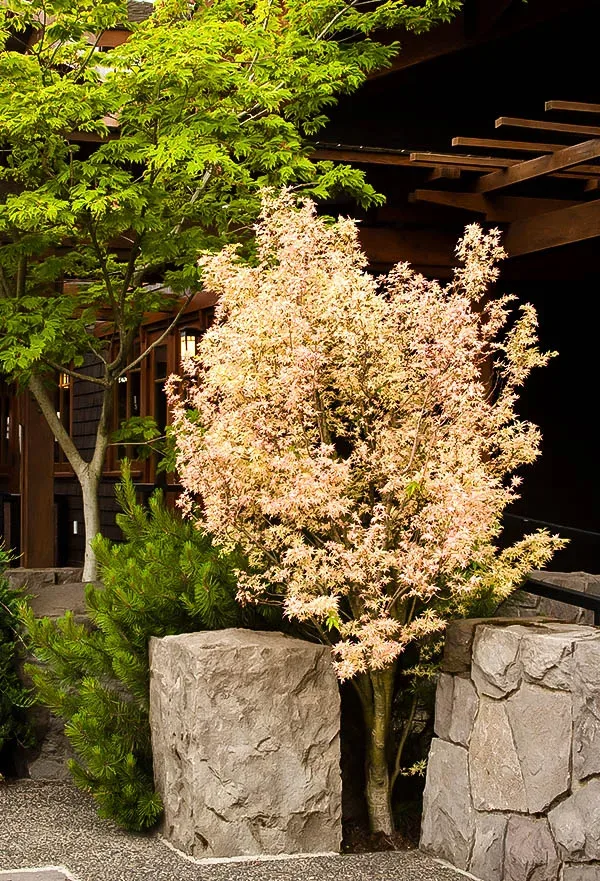
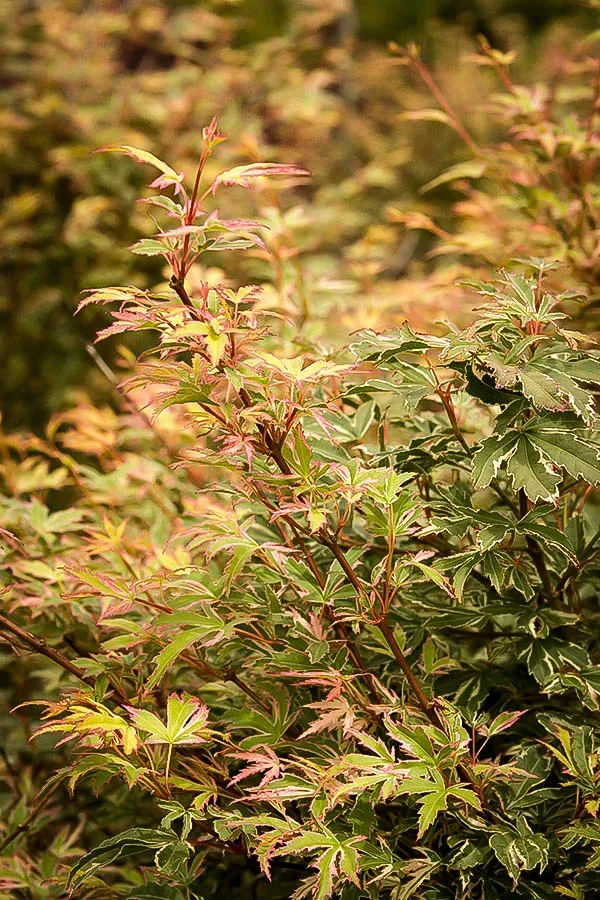
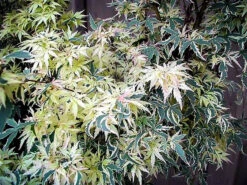
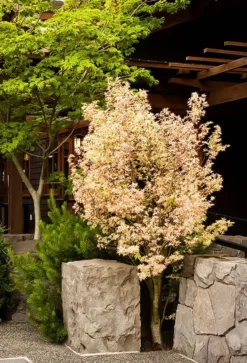




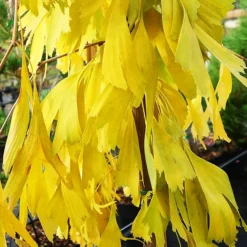
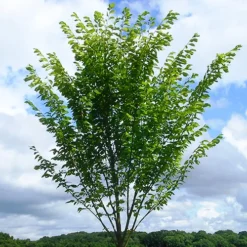

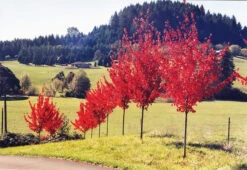



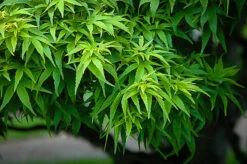


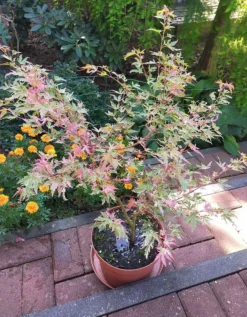
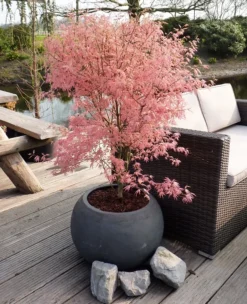
Reviews
There are no reviews yet.